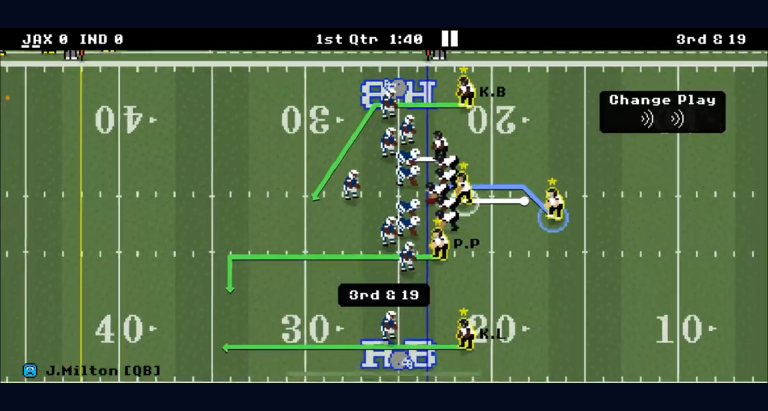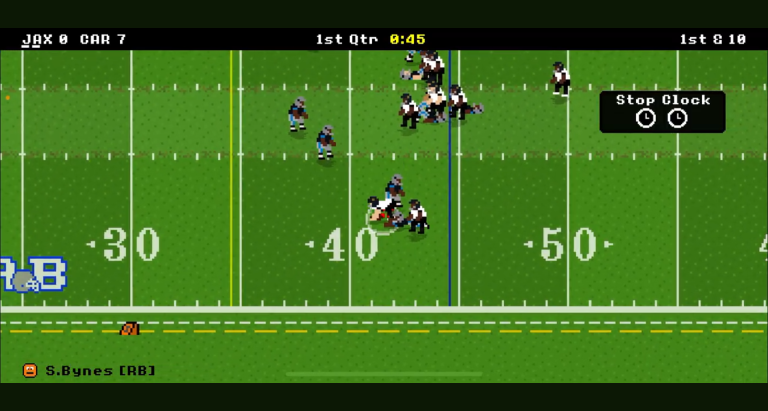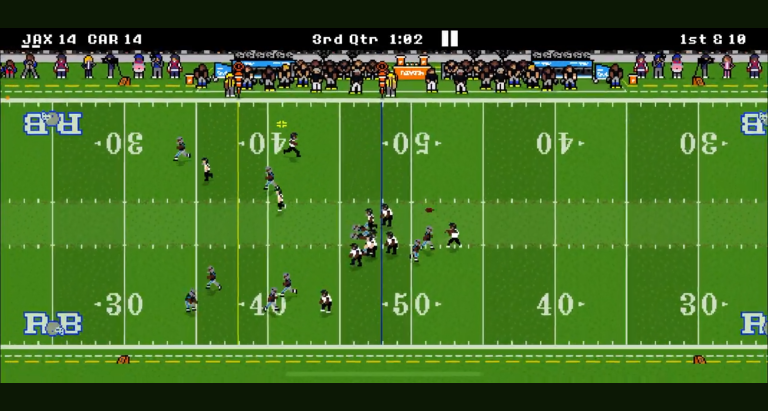Retro Bowl is a beloved mobile football game that has taken the gaming community by storm. Its retro-inspired graphics and engaging gameplay provide players with the nostalgic feel of classic football games while incorporating modern mechanics. One of the fascinating aspects of Retro Bowl is its season simulation feature, which allows players to fast-track their progress and experience different team management scenarios. In this article, we will explore how to sim a season in Retro Bowl effectively, unlocking the potential of this game mode and enhancing your overall gaming experience.
Understanding Retro Bowl Simulation Mechanics
What is Season Simulation?
In Retro Bowl, season simulation refers to the process of automatically resolving games and seasons without actively playing each match. This feature is geared towards players who wish to focus on high-level strategy and team management rather than the intricacies of each individual game. The key difference between playing and simulating is that while playing engages you in real-time decision-making during matches, simulating instead allows the game to crunch the numbers and determine outcomes based on your team’s stats and strategies.
Why Simulate a Season?
There are several compelling reasons to explore how to sim a season in Retro Bowl.
- Time-saving benefits: Players can progress rapidly through seasons, making it an efficient choice for those who prefer to focus on team management over gameplay.
- Strategy development through simulation: Simulating allows you to experiment with different strategies without the impact of in-game errors or pressures. This can lead to better decision-making when playing actual seasons.
- Opportunities to test team management skills: Managing a team during simulated seasons will help you assess your decision-making skills regarding trades, player development, and strategic adjustments.
Preparing for Season Simulation
Choosing Your Team
Selecting the right team is crucial when considering how to sim a season in Retro Bowl. Here are a few factors to take into account:
- Existing skill levels: Assess your team’s strengths and weaknesses, which will impact your simulation experience.
- Roster depth: A deeper roster allows for better management of players during injuries or fatigue, which is crucial in a simulated season.
- Team goals: Define whether you aim for immediate success, such as making the playoffs, or if you prefer a rebuilding strategy focused on long-term growth.
Setting Goals and Expectations
Establishing clear goals is essential when learning how to sim a season in Retro Bowl. It’s beneficial to distinguish between long-term and short-term goals to make your simulation more enjoyable. Setting realistic expectations can enhance your experience and prevent frustration when outcomes don’t align with your ambitions.
Familiarizing with Controls and Mechanics
Before diving into simulation, familiarize yourself with the essential controls. Understanding how to navigate the Simulation Menu will streamline your experience. Key buttons include:
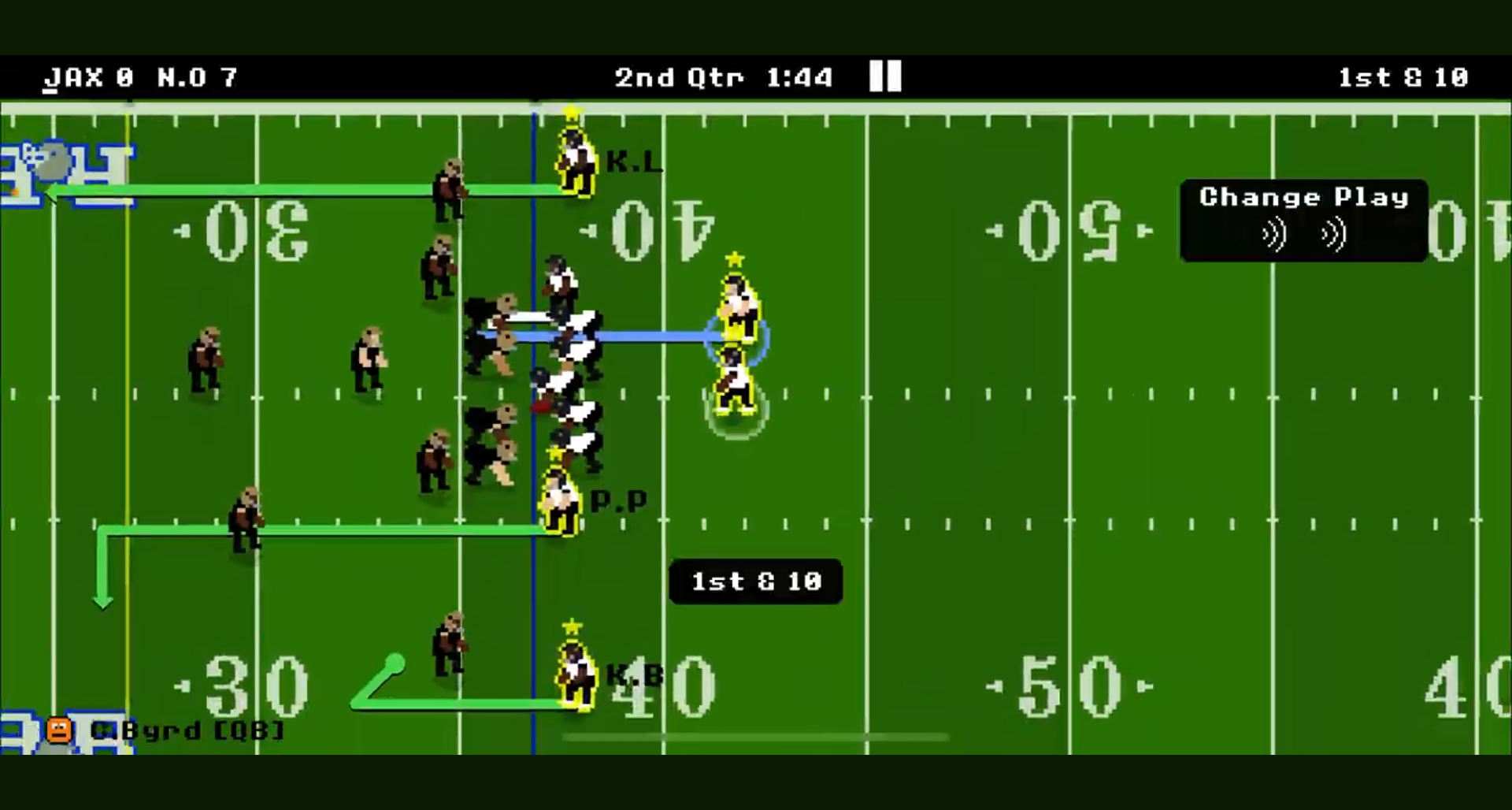
- Simulate Next Game: Tells the game to resolve upcoming matches based on your strategy.
- Manage Roster: Allows for real-time adjustments to your team prior to simulations.
- View Stats: Helps you assess team performance and player progress during the season.
Step-by-Step Guide to Simulating a Season
Accessing the Simulation Mode

To begin simulating your season, enter the simulation feature through the main menu. Look for the option labeled “Simulation Mode.” Inside this mode, you’ll encounter various options for simulating your games. Each choice will directly influence the pacing and style of your season.
Customizing Your Simulation Settings
Before starting the simulation, it’s critical to customize the settings to align with your gameplay preferences. Options you can tweak include:
- Turning injuries on/off: Decide whether you want to include player injuries in your simulation, as this can significantly affect team performance.
- Setting play styles: Select between aggressive or conservative strategies that will dictate your team’s performance in simulations.
- Adjusting game difficulty levels: Higher difficulty levels can lead to more competitive simulations and potentially more dramatic games.
Starting the Simulation
Now that you’ve configured your settings, it’s time to start the season simulation. Ensure you conduct essential checks—including reviewing your roster and strategies—before committing to the simulation. Doing so can prevent any unwelcome surprises during your simulated season.
Managing Your Team During Simulation
Weekly Management Tasks
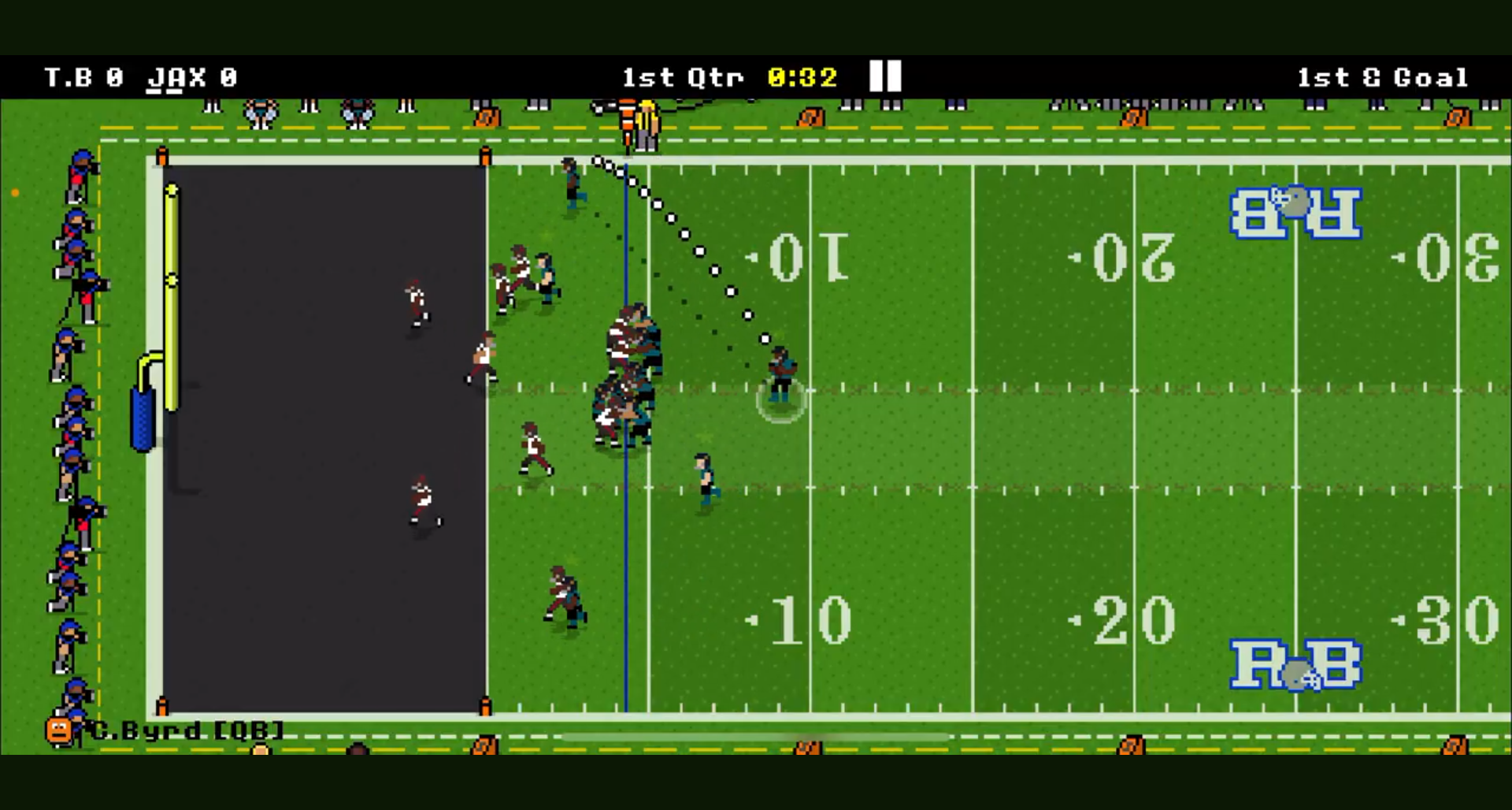
As your season progresses in simulation, you’ll engage in various management tasks weekly. It’s essential to review team performance reports, which will help you assess player stats and track progress. Adjust your game strategy based on trends to ensure optimal performance.
Dealing with Injuries and Player Fatigue
Understanding key concepts around player health management is crucial. In a simulated season, injuries will invariably occur. Craft strategies for compensating injuries by scouting your roster depth, trading for new players, or promoting from the practice squad.
Midseason Adjustments
Evaluating your team’s performance midseason is vital. Look for patterns in wins and losses, and don’t hesitate to make trade decisions or scout new players if your current roster isn’t performing as expected.
Concluding Your Simulated Season
Analyzing Season Outcomes
Once the season concludes, take time to analyze the outcomes critically. Key performance indicators to review include win-loss records, player statistics, and strategic decisions. Understanding the significance of playoffs and finals is vital for shaping your next season’s strategy.
Reflection on Strategies Used
Evaluate what strategies worked well and which did not during your simulated season. This evaluation process can provide essential insights that are applicable to future simulations, enhancing your experience in how to sim a season in Retro Bowl.
Planning for the Next Season
Use your reflection insights to build on successes and refine strategies for your next simulated season. The lessons learned can become invaluable as you attempt to optimize both your simulated games and actual gameplay.
Advanced Simulation Techniques
Utilizing Data and Analytics
Incorporating data and analytics stands as a cornerstone of effective season simulation. Understanding statistics will inform your decision-making processes, allowing you to make actionable insights from your simulation outcomes. Consider using tools and resources like ESPN or Pro Football Focus for more profound analysis.
Engaging with the Retro Bowl Community
Engaging with fellow players through forums and social media can enhance your knowledge of how to sim a season in Retro Bowl. Sharing your simulation experiences allows you to learn from others while providing insight to the community.
Summary Table
| Aspect | Details |
|---|---|
| Choosing Your Team | Consider existing skills, roster depth, and team goals. |
| Simulation Settings | Customize injury options, play styles, and difficulty. |
| Weekly Management Tasks | Review performance, assess stats, and adjust strategy. |
| Midseason Adjustments | Evaluate team performance for trades or player scouting. |
| Reflection and Strategy | Evaluate season outcomes, reflect on strategies, and plan improvements. |
Frequently Asked Questions
1. What is the quickest way to simulate a season in Retro Bowl?
Starting with a competitive team and customizing your simulation settings properly helps speed up the process.
2. How can injuries impact my simulated season?
Injuries can drastically affect team performance; managing them carefully is key for a successful simulation.
3. What should I do if my team is underperforming?
Evaluate player stats, adjust strategies, and consider making trades to improve team dynamics.
4. Can I switch teams during my simulation?
Generally, Retro Bowl does not allow team-switching mid-simulation; you must start a new season for that.
5. How do I know if my team is ready for the playoffs?
Review performance indicators such as win-loss records and player statistics to gauge readiness.
6. Are there specific strategies to use when simulating seasons?
Focus on balancing your roster, using analytics, and adjusting your playstyle based on past performances.
7. What tools can help improve my data analysis for Retro Bowl?
Websites like ESPN and Pro Football Focus offer valuable resources for player stats and performance analytics.
8. Does the Retro Bowl community provide support for simulating seasons?
Yes! Engaging in community forums can yield helpful tips and strategies from fellow players.
9. How often should I reassess my team during the simulation?
Frequent evaluations, ideally every few games or weekly, will lead to better management outcomes.
10. Can I maintain my learning during actual gameplay after simulating?
Absolutely! Insights garnered from simulation can be directly translated into actual games, improving overall performance.
Call to Action
We hope you found this guide on how to sim a season in Retro Bowl insightful and engaging. We invite you to share your thoughts and experiences with season simulation in the comments below. Let’s build a community of Retro Bowl enthusiasts eager to improve their gameplay through discussion and shared strategies!
